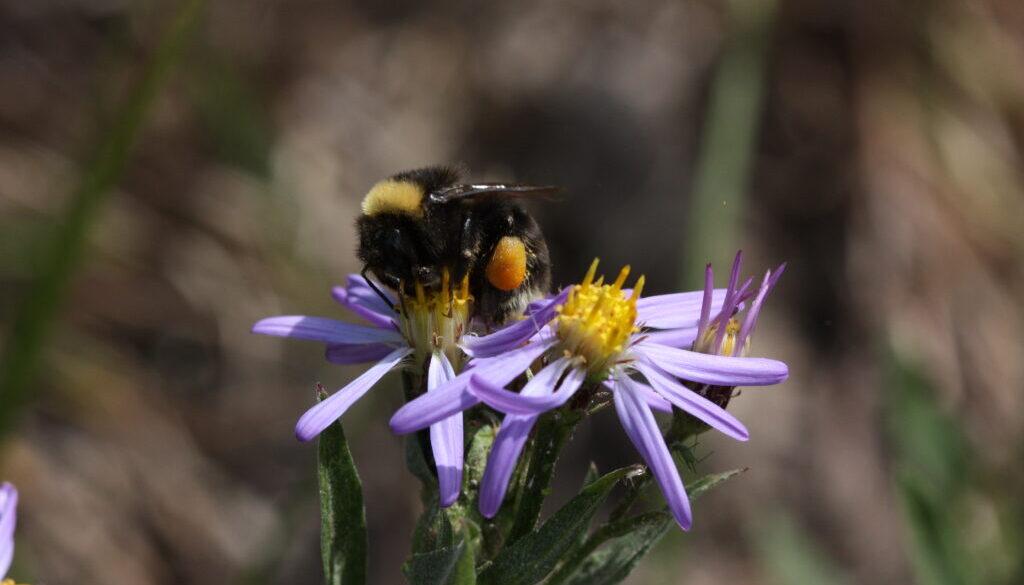Group set to sue USDA over pesticide spray program
The U.S. Department of Agriculture (USDA) is violating the law by regularly applying insecticides to large swaths of land across the United States, activities that threaten already endangered species, according to two environmental advocacy groups that notified the agency Tuesday of their intent to file a lawsuit if the alleged violations are not remedied.
The Xerces Society for Invertebrate Conservation and the Center for Biological Diversity said they were giving a required 60-day notice to the USDA’s Animal and Plant Health Inspection Service (APHIS) of their intent to bring a lawsuit alleging violations of the Endangered Species Act.
“It’s outrageous that amid our heartbreaking extinction crisis, APHIS continues to give itself carte blanche to spray incredibly toxic poisons on millions of acres of wildlife habitat throughout the West,” Lori Ann Burd, director of environmental health at the Center for Biological Diversity, said in a statement. “They’ve made a habit of refusing to follow the law and now we’re going to hold them accountable.”
The USDA did not respond to a request for comment.
The states in which the groups said insecticide spraying is approved include Arizona, California, Colorado, Idaho, Kansas, Montana, Nebraska, Nevada, New Mexico, North Dakota, Oklahoma, Oregon, South Dakota, Texas, Utah, Washington and Wyoming.
The groups said APHIS is spraying an insecticide called diflubenzuron, typically sprayed from airplanes over areas of at least 10,000 acres.
Other insecticides the groups said have been approved for use in the government program include chemicals determined by the Environmental Protection Agency to be harmful to more than 1,000 endangered species.
Federal agencies are required to consult with the U.S. Fish and Wildlife Service when they undertake projects that may affect listed species, but the groups allege APHIS has not completed programmatic consultation for grassland insecticides program for 27 years.
Over that time frame, many species potentially affected by the program have been listed as endangered, including bull trout, northern Idaho ground squirrels, northern long-eared bats, Preble’s meadow jumping mice and Oregon spotted frogs, the groups said.
(Photo credit: Rich Hatfield, Xerces Society)




